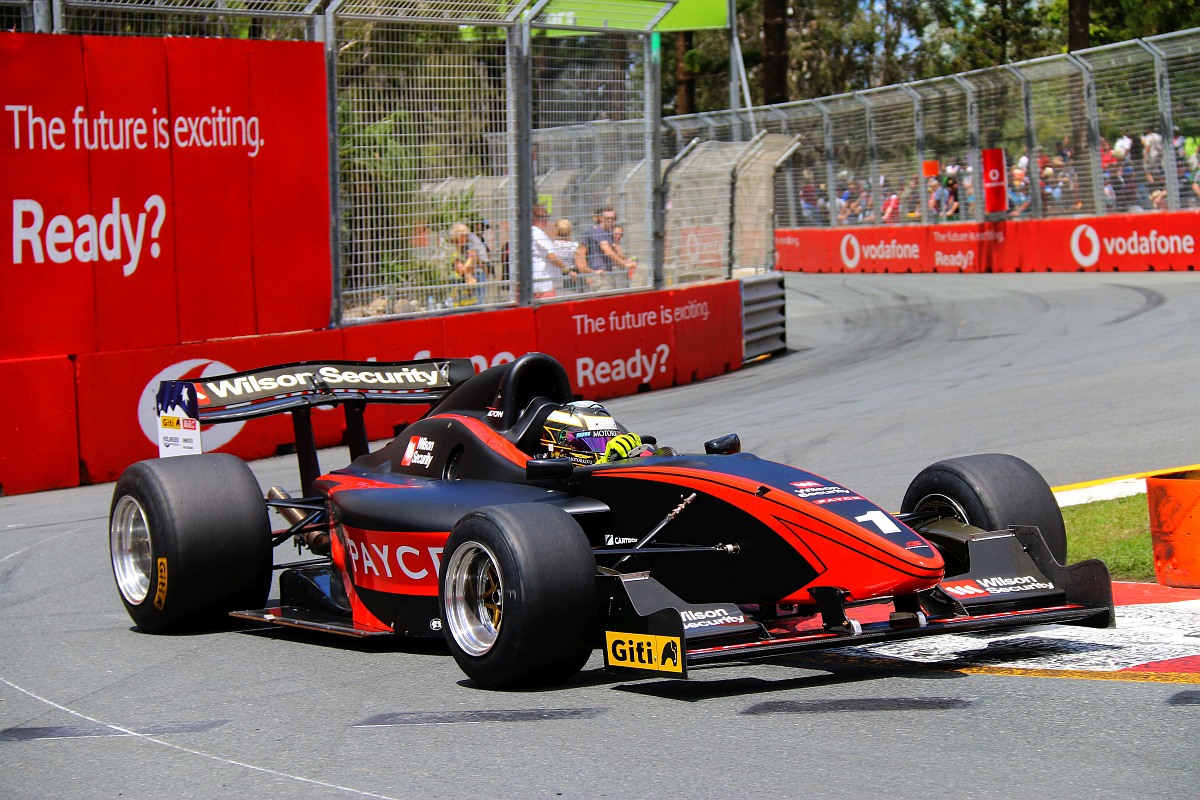Government Funding.. yeah, right?

BEFORE the hail of social media commentary rails on a racing organisation seeking yet more Government support to fund their motor sporting activities – in this case the proposed Super5000 (see the Speedcafe.com article here) – let us take a step back and take a more dispassionate look at it.
Because I think there might be something in their line of thought, even if that line might be pointing in slightly the wrong direction.
If we are going to have a domestically developed open wheel category that requires some elements of advanced manufacturing and technical know-how, why don’t we go after the government (be it state or national) to help fund the construction, rather than write a cheque for an appearance fee.
I don’t think this idea is as silly as it sounds given the events of the last few years in the local manufacturing industry.
Australia has, as of last week, stopped becoming a major manufacturer of motor vehicles however our manufacturing base for motor sport remains remarkably strong, diverse and healthy.
We have globally renowned companies like MoTec, Hollinger, PWR and Albins supplying components around the world but that were developed here, built here and deliver profits, here.
But now there are thousands unemployed thanks to Ford, Holden and Toyota shutting their factory doors, let alone the associated supply companies that are now without millions of dollars worth of contracts.
And yet for a few million of our taxpayer dollars – chump change compared to what they spend on promoting events – a Government could invest in the production of the Super5000 chassis, engine and associated components and build on an existing industry that genuinely contributes millions to the economy and employs thousands of people Australia-wide.
A factory could be established to turn out 20-or so cars, plus spares, and then as part of the category management structure be involved in the upkeep and maintenance of the cars.
Perhaps as a fringe benefit they could take naming rights for the category, or some form of marketing partnership to promote what we all assume would be a reasonably visible racing product.
And if this sounds silly, it really isn’t.
Seven years ago in Indianapolis, the City of Speedway Redevelopment Commission and the state of Indiana both worked closely with Dallara to help them establish their US $7m factory just up the road from the famed Speedway, ahead of their deal to become IndyCar’s sole chassis supplier.
So there’s precedent in a body like a city or a state getting involved and chipping in for a concept like this.
From a logistics standpoint, it’s clear that the construction of a small run of cars that will race for three or four years isn’t going to deliver a sustainable business model. So, once things are established it can grow revenue by branching out into other builds or other areas of the sport that an enterprising business can target.
Thus it can become self-sustaining and the initial government investment can reduce and, ultimately, stop once it’s all up and running.
And it might not even need to be a new company – investment in an existing business (Spectrum or PACE Innovation are but two examples) would be equally valid and, probably, an even better way of going about it.
The establishment of a government-funded operation to build and operate these cars would not only create jobs, but could be enhanced further (and here’s some more governmental box ticking) by creating a STEM – Science, Technology, Engineering and Maths – program around it to create the next generation of engineers and designers who no longer have an Automotive industry in which to work here.
This concept has a precedent too: In 2013 the Indiana Economic Development Corporation invested US$1.15 million into a Motorsport engineering program at Purdue University, tied in with Dallara’s US factory to conduct research into ‘dynamic vehicle simulation’.
‘The project will advance motorsports engineering techniques and motorsports related economic development opportunities for the state of Indiana,’ the University’s website promoted at the time.
So there is a track record of stuff like this not only existing, but being of legitimate benefit to not only those involved but to the state or governmental body itself.
In Australia at the moment, however, this feels all very pie-in-the-sky. A Government is as likely to tip in to fund the establishment of a factory to build racing cars as I am to stop drinking Beer.
In fact, so certain am I that it won’t happen, I’m happy to go on record right now and say that if they did, I would give it up.
And if I didn’t hate politics so much, I would go to the relevant minister and argue the relative pros and cons of their oft-used phrases like ‘Job Creation’, ‘Economic Benefit’ and ‘Investing in Australia’.
Which, now that I think about it, is something Motorsport promoters do very well here – hence the millions invested in events like the Adelaide 500, Australian Grand Prix, Gold Coast 600 and Newcastle 500.
So perhaps the idea isn’t quite so crazy at all..
WORDS: Richard Craill
IMAGE: Mark Waker














